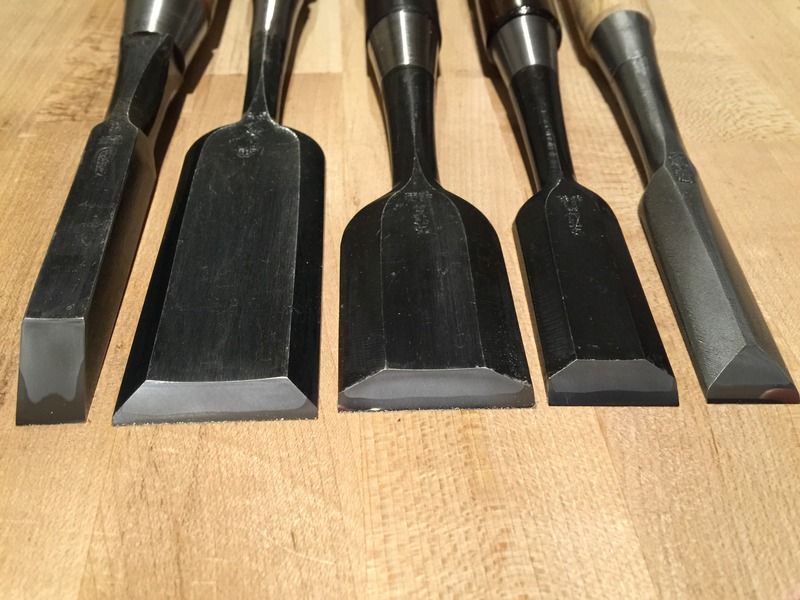
It would not surprise me to find out that this blade is really hard, the hagane is turning out an only slightly hazy finish on the shinden. It's very near a shiny finish, definitely brighter than the blue steel #2 or white steel #2 from Koyamaichi.
I'm definitely curious to see how the edges compare in use.

